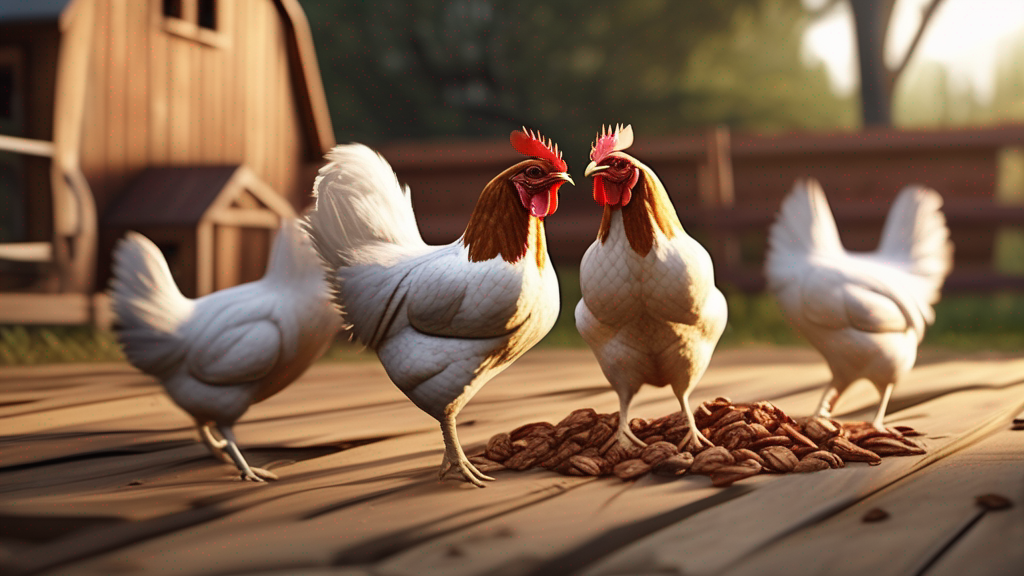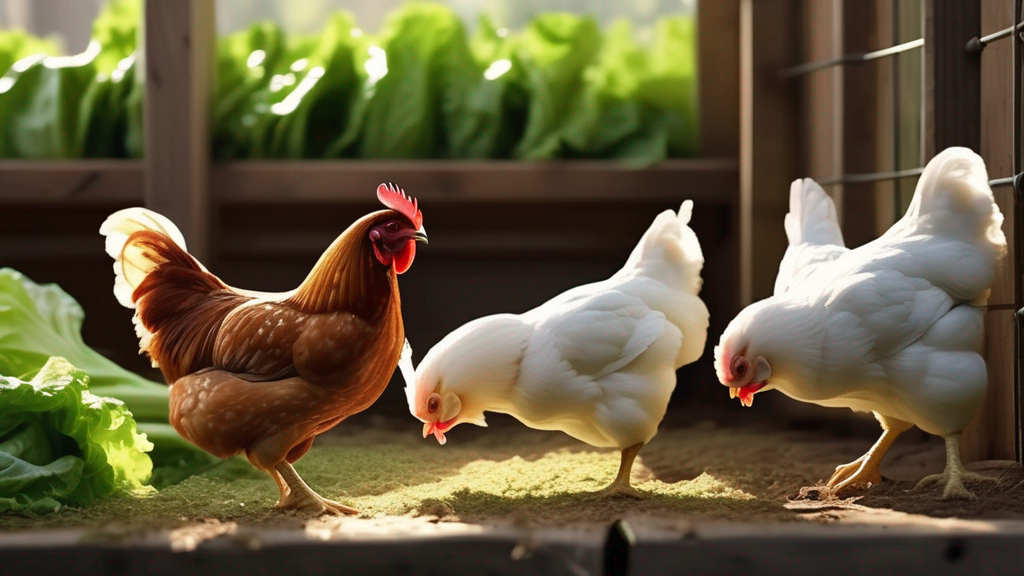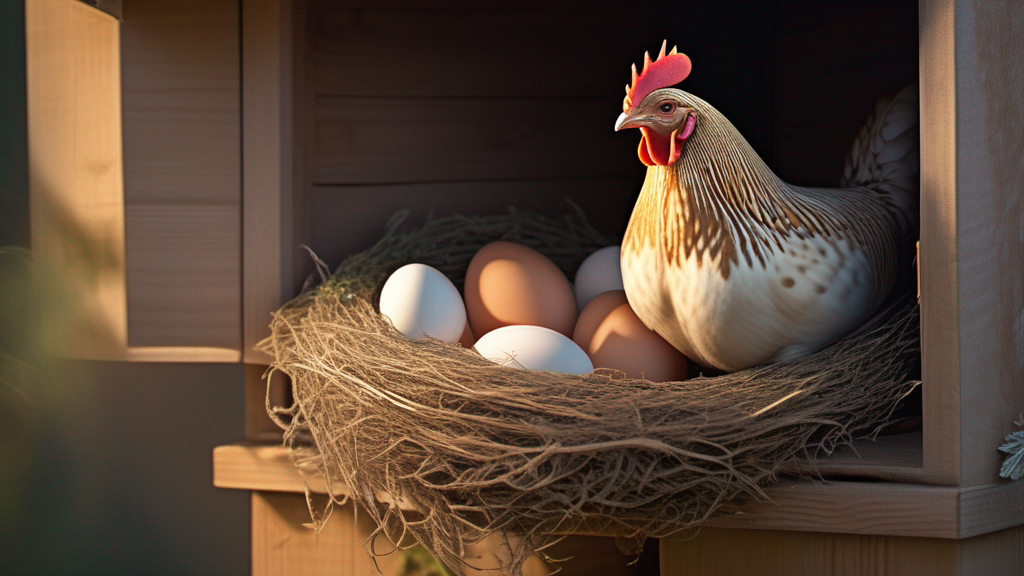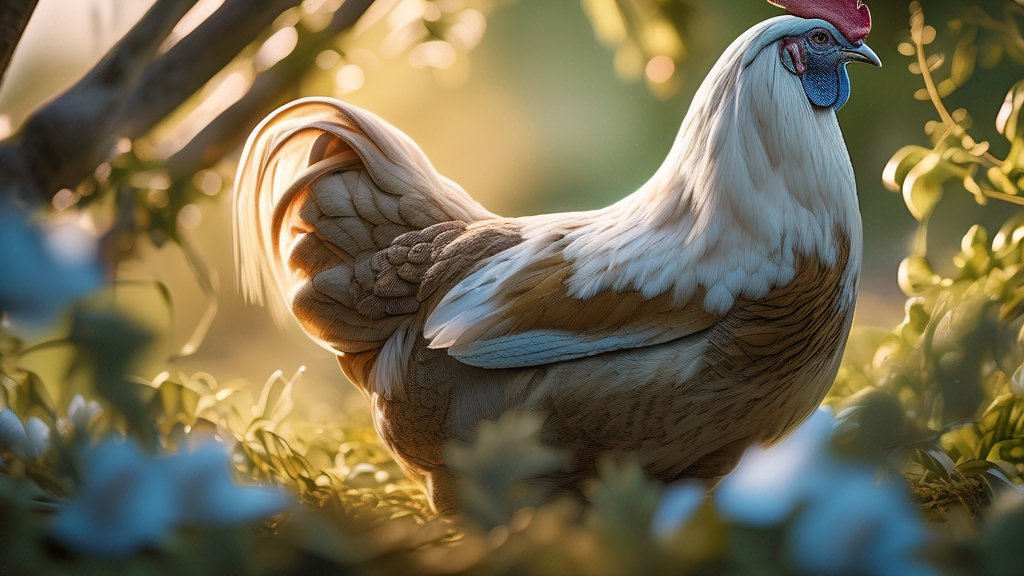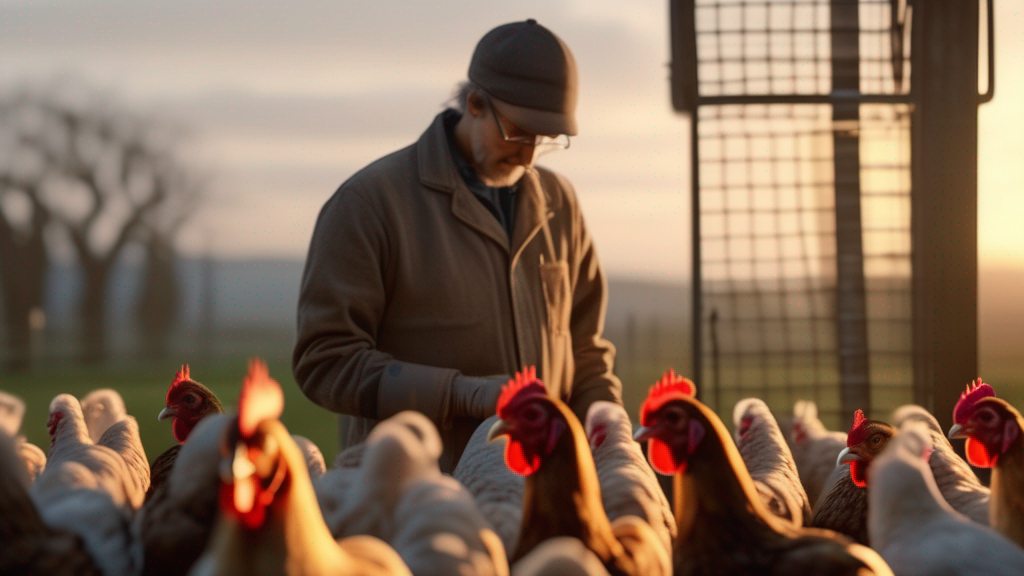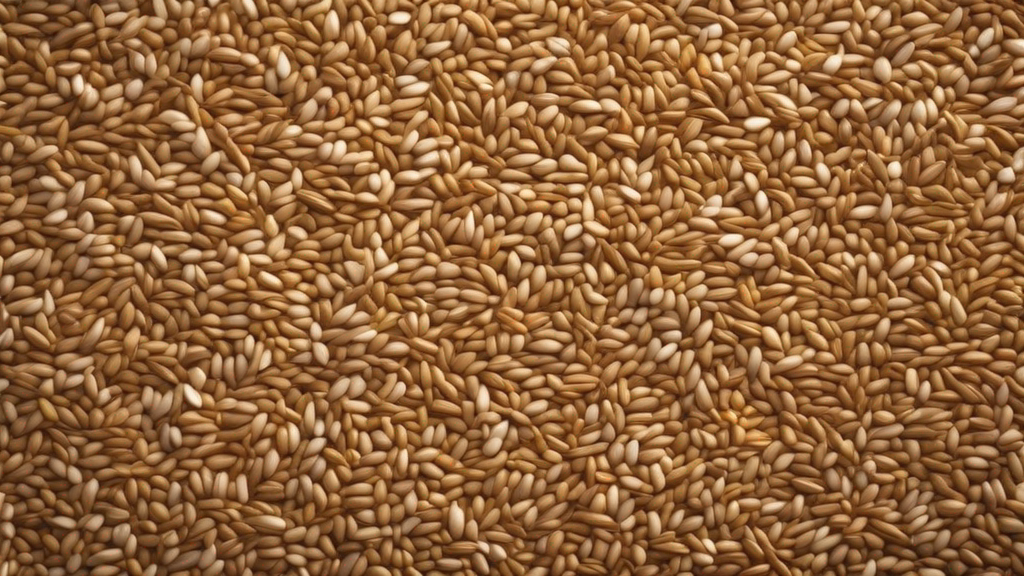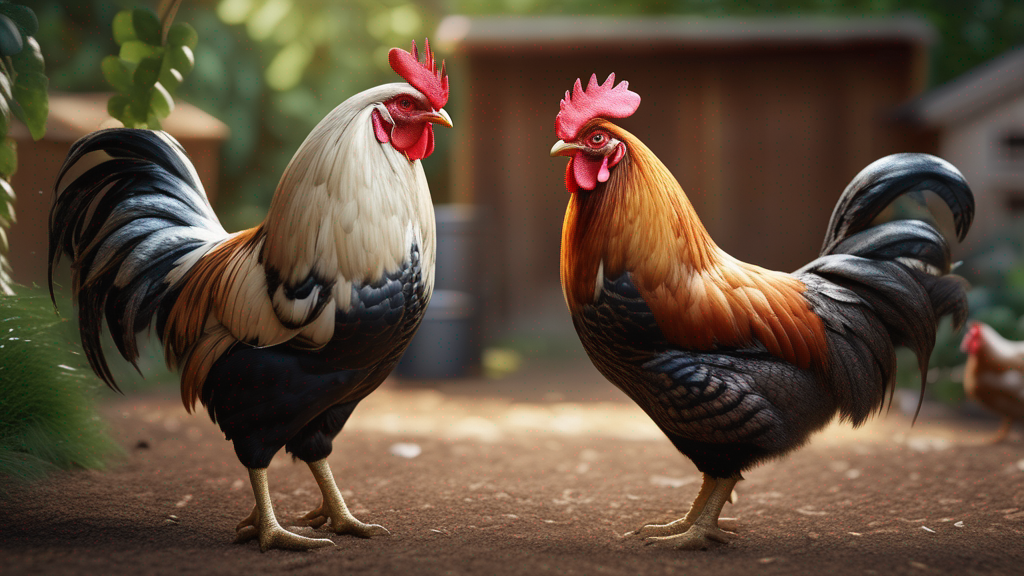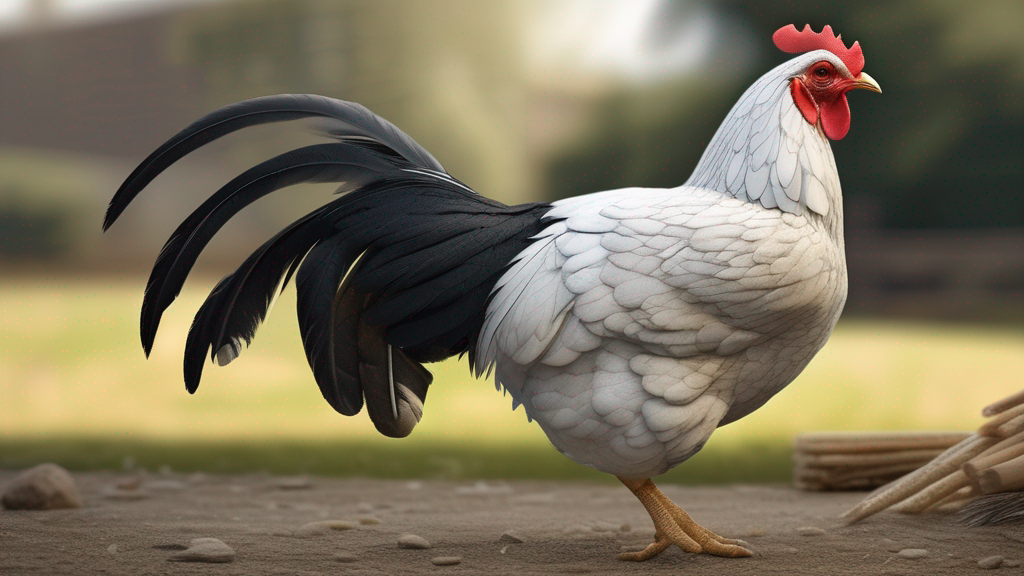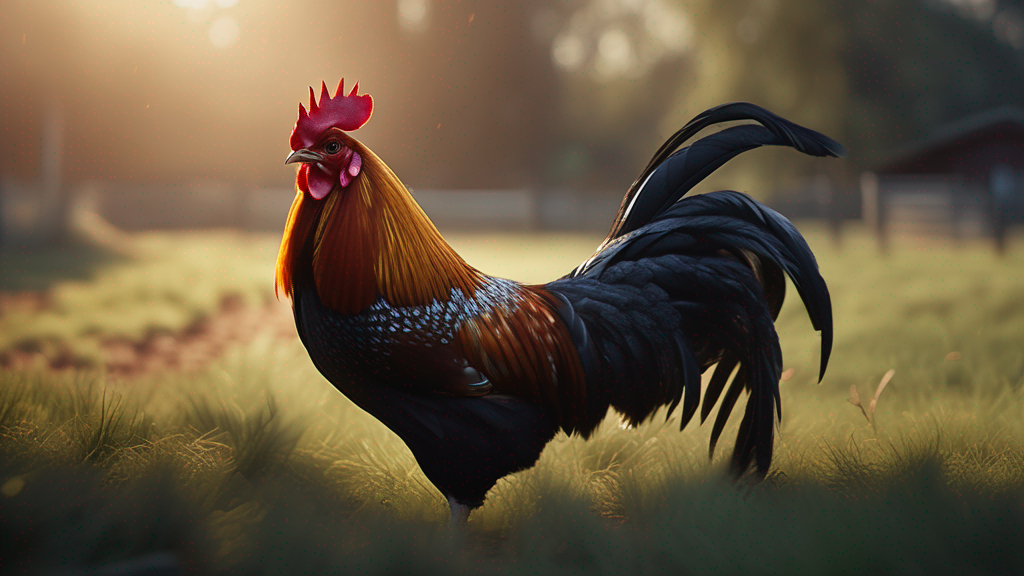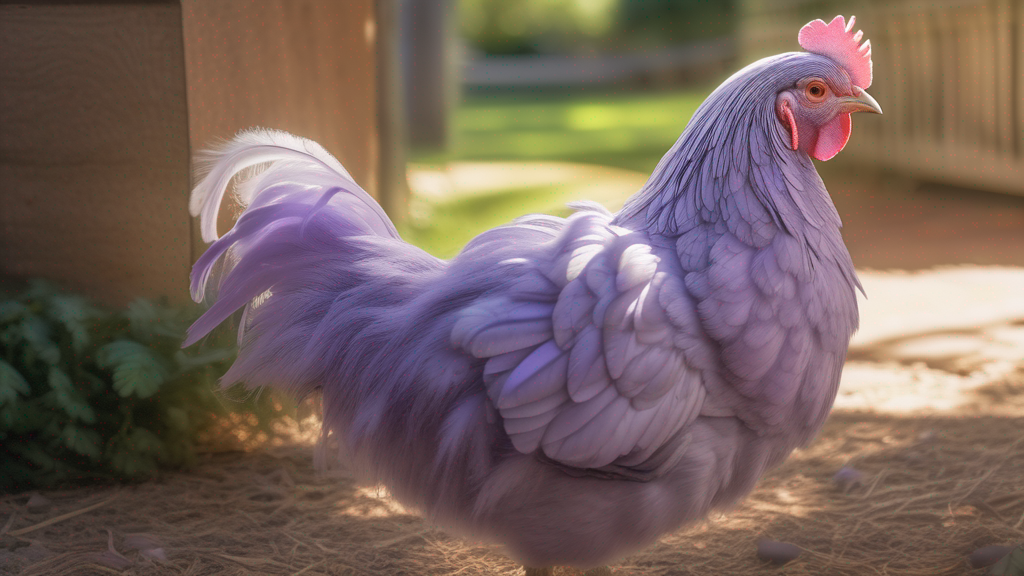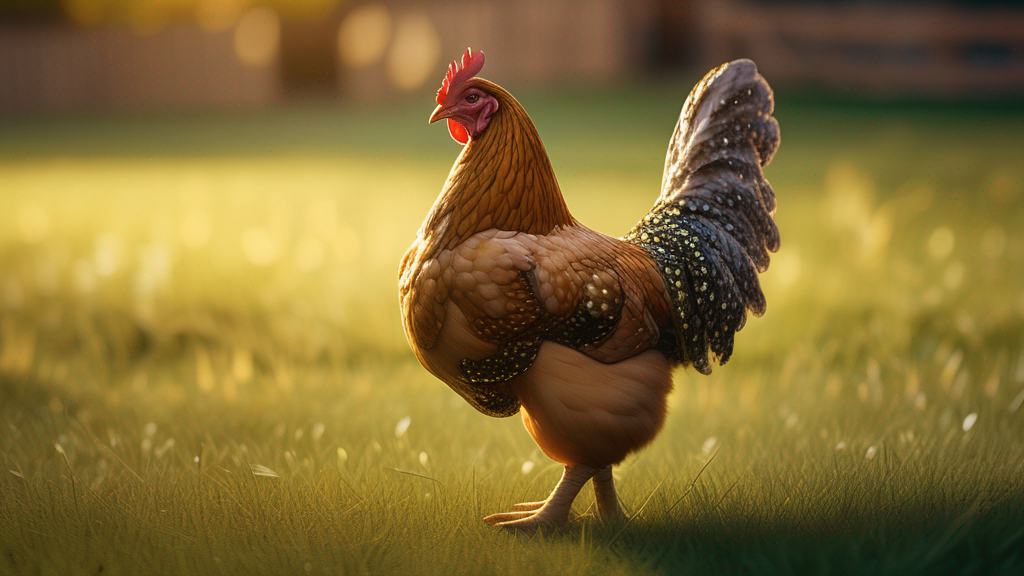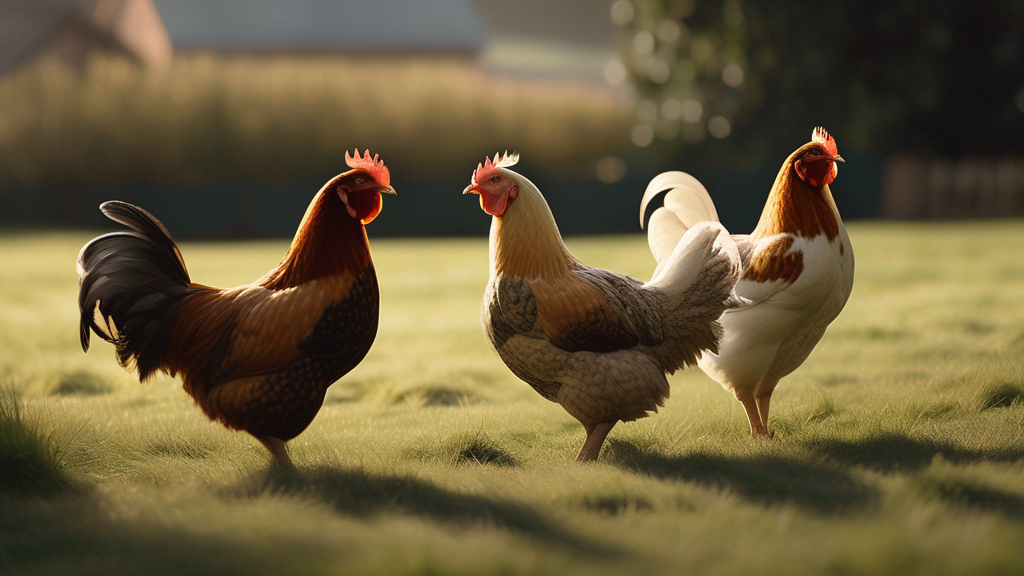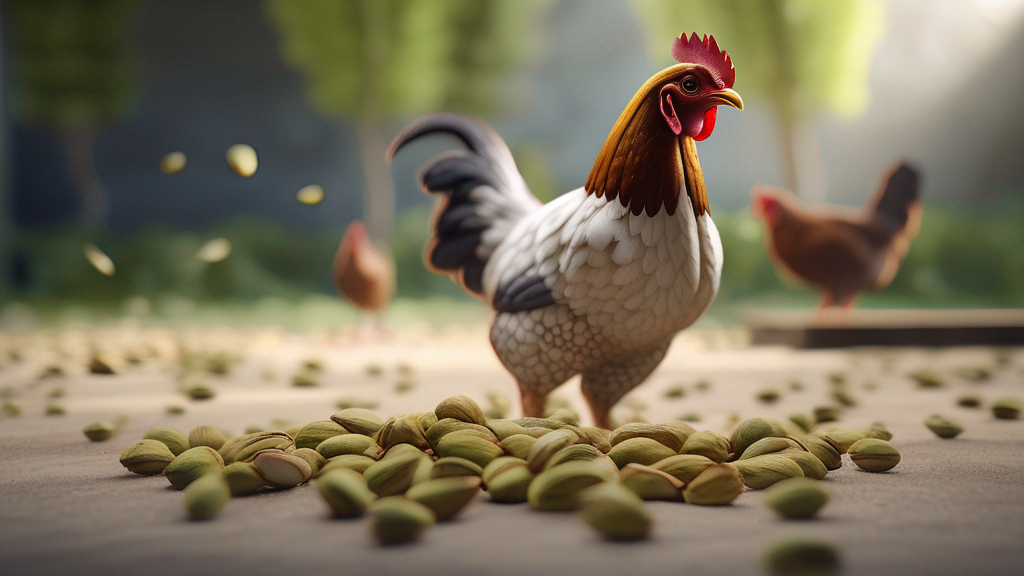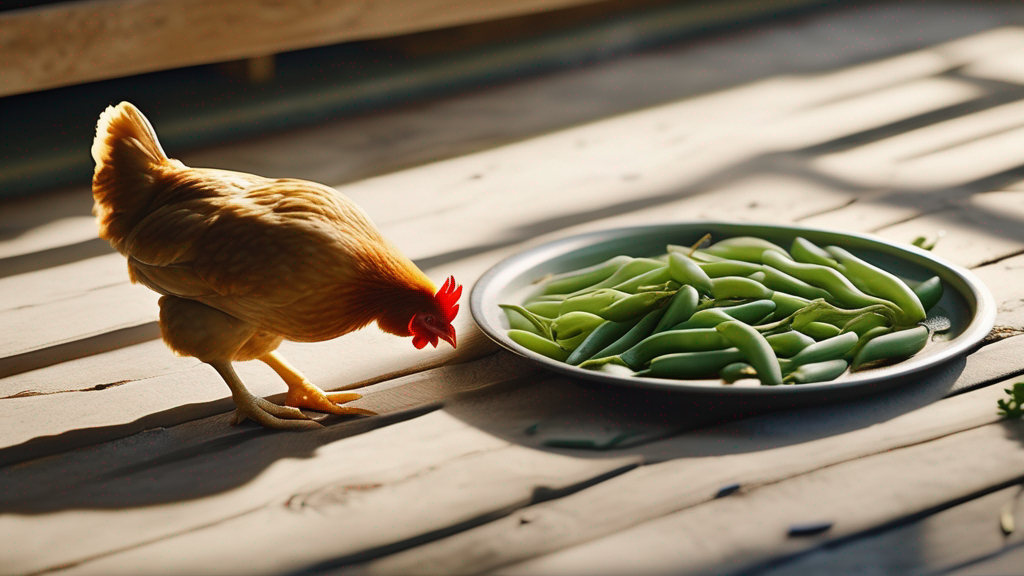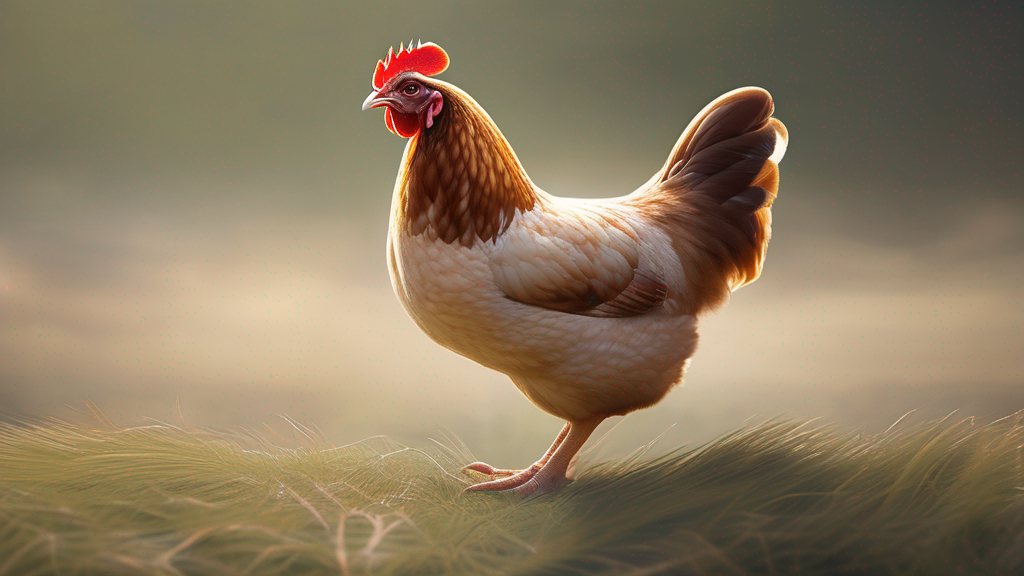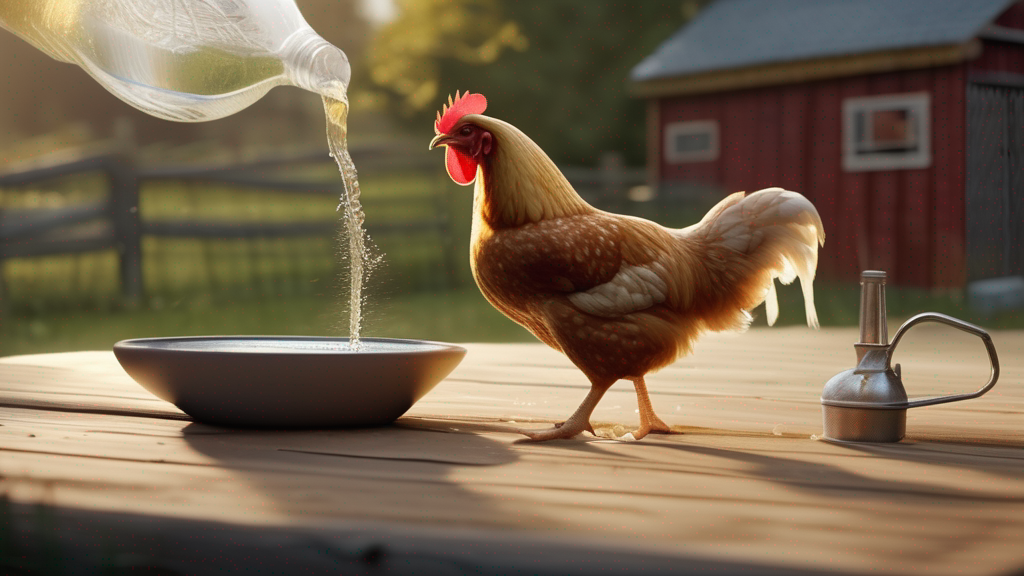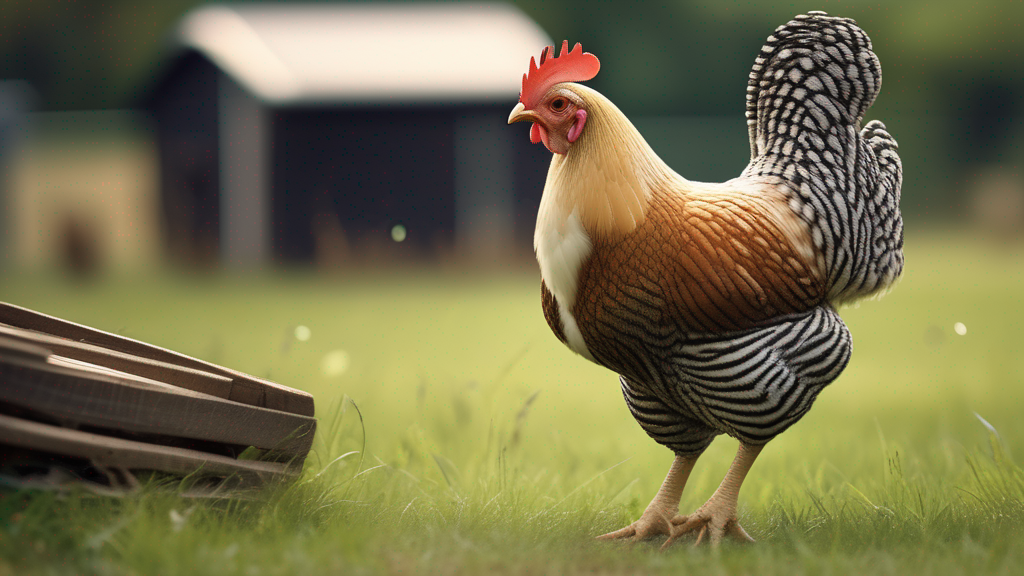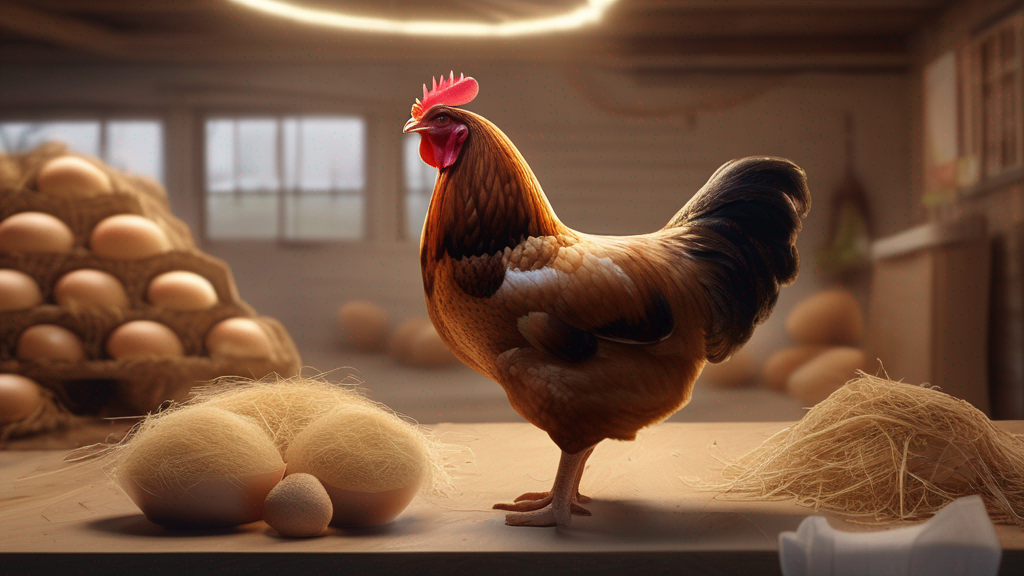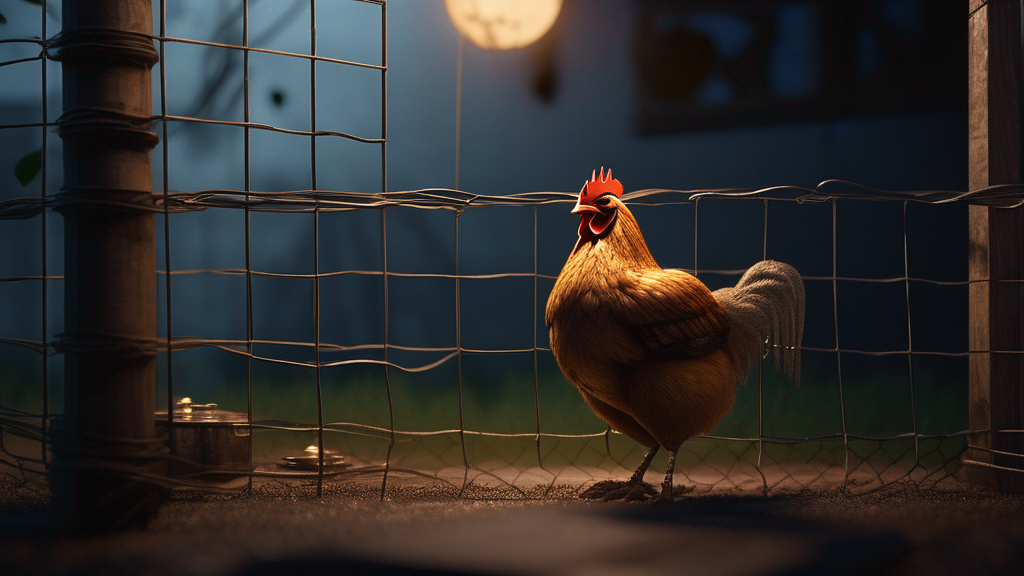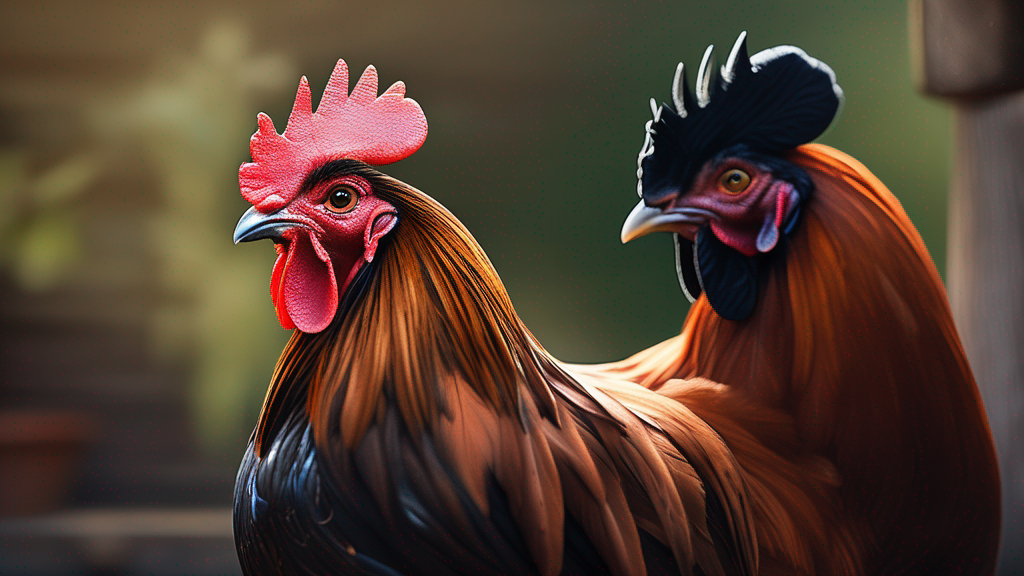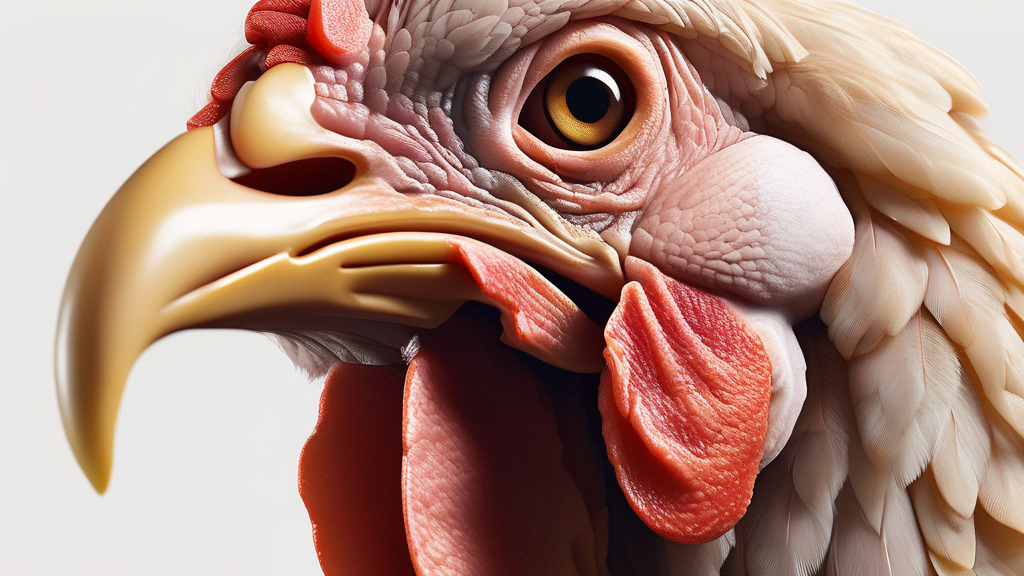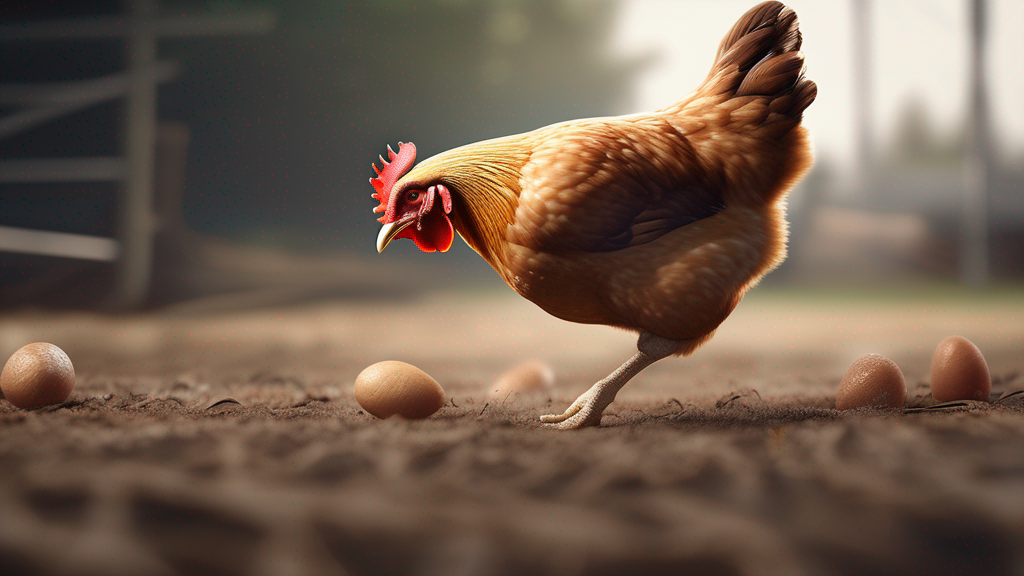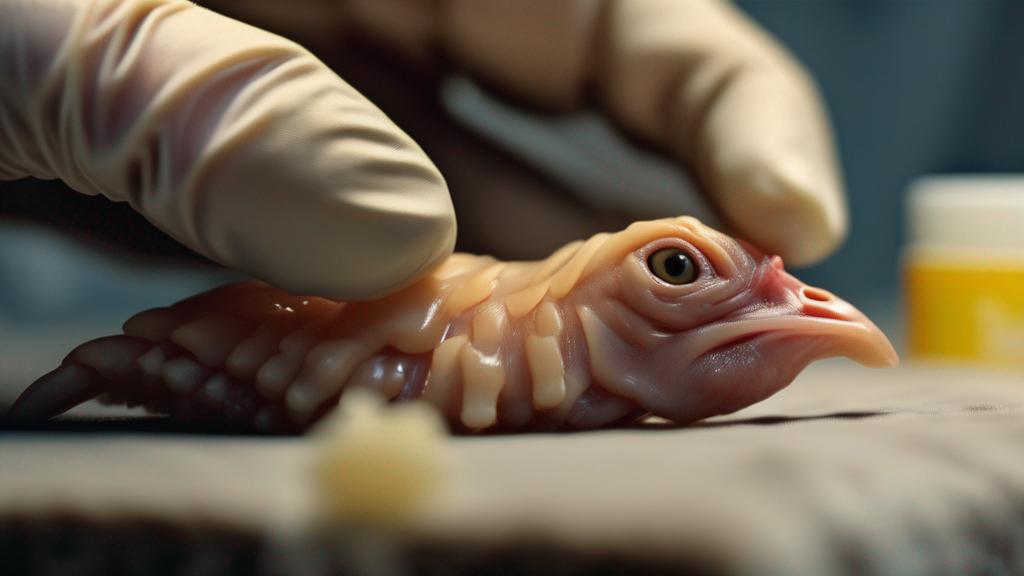Bumblefoot, or pododermatitis, is a common foot condition in chickens characterized by infection and inflammation of the footpad. While often seen as a manageable ailment, if left untreated or if severe, bumblefoot can lead to serious complications—including systemic infection—that may ultimately be fatal. This guide explores how bumblefoot develops, the risks it poses, how it can progress to life-threatening stages, and practical steps for prevention and treatment to protect flock health.
1. Understanding Bumblefoot
Bumblefoot arises when bacteria enter through small cuts, abrasions, or pressure sores on the footpad. Common culprits include Staphylococcus spp. Once bacteria infiltrate, the bird’s immune response can form an abscess, encapsulating pus and necrotic tissue. Without intervention, the infection can deepen, damage underlying structures (tendons, joints), and in severe cases spread via bloodstream, causing septicemia.
- Primary causes: Rough or abrasive surfaces, poor perch design, obesity, long periods standing on hard ground, sharp objects penetrating the pad.
- Common sites: Plantar surface of the foot, often under the base of the toes or central pad where pressure is greatest.
- Typical progression: Begins as small red or irritated spot → develops into a localized abscess → may enlarge, deepen, involve bone or joint → potential systemic spread.
2. Can Bumblefoot Be Fatal?
In early or mild cases, bumblefoot rarely kills a chicken if properly treated. However, when neglected or if the bird has risk factors (weakened immunity, advanced age, concurrent illness), the infection can progress beyond the foot:
- Deep tissue involvement: Bacteria may penetrate into tendons, ligaments, or bones (osteomyelitis). This intensifies pain and complicates treatment.
- Joint infection: Spread into hock or interphalangeal joints causes arthritis or septic synovitis, severely impairing mobility and causing systemic inflammation.
- Septicemia (bloodstream infection): Bacteria entering circulation can cause widespread infection, organ dysfunction, and sepsis. Signs include lethargy, reduced appetite, ruffled feathers, drooping, and in advanced stages, shock.
- Secondary complications: A bird unable to walk or balance may be unable to feed or drink properly, leading to dehydration, weight loss, and weakened state that predisposes to other diseases.
Therefore, while bumblefoot itself is a foot lesion, the potential for deep infection and systemic spread means untreated severe cases can indeed kill a chicken.
3. Recognizing Severity Levels
Early detection is key. The following table outlines stages of bumblefoot severity, key signs, and risk of serious complications:
| Severity Stage | Signs on the Foot | Behavioral / Systemic Signs | Risk Level |
|---|---|---|---|
| Stage 1 – Mild Irritation | Small red or swollen spot; slight callus formation | Occasional favoring of leg; otherwise normal activity | Low if treated promptly |
| Stage 2 – Localized Abscess Formation | Raised bump or small abscess under pad; possible scab or dark spot | Noticeable limp or reluctance to perch; mild discomfort | Moderate; can progress deeper without treatment |
| Stage 3 – Deep Tissue Involvement | Large, firm lump; possible discharge or open wound; swelling around toes or pad; heat on palpation | Persistent lameness, reduced feed intake, weight loss; may avoid moving | High; risk of joint or bone involvement |
| Stage 4 – Systemic Spread | Severe foot lesion, often bilateral secondary lesions; signs of spreading infection around leg | Lethargy, ruffled feathers, decreased appetite/thirst, possible fever, respiratory distress if sepsis | Very high; life-threatening without aggressive treatment |
4. Diagnosis and Assessment
Regular foot inspections allow early identification. Steps to assess a suspected case:
- Observe gait: Note limping, favoring of one leg, reluctance to perch or move.
- Inspect footpad: Gently restrain and examine underside of foot. Look for redness, swelling, scabs, or dark spots indicating abscess. Palpate for heat or firmness under the skin.
- Check for discharge: Pus or foul-smelling material suggests active abscess. Note if wound is open.
- Assess overall health: Look for signs of systemic illness (lethargy, poor feather condition, reduced appetite or water intake).
- Evaluate environment: Identify potential causes (rough surfaces, inadequate perches, damp bedding) contributing to foot injury.
- Determine severity: Use the severity table to classify stage and decide urgency of treatment.
If there is any sign of deep involvement or systemic illness, prompt veterinary consultation is recommended.
5. Treatment Approaches
Treatment depends on severity stage. Early-stage cases may resolve with home care, while severe cases often require veterinary intervention.
5.1 Stage 1–2 (Mild to Localized Abscess)
- Soaking: Soak the affected foot in warm Epsom salt solution or mild antiseptic soak (e.g., diluted povidone-iodine) for 10–15 minutes daily to soften the lesion and encourage drainage.
- Topical care: After soaking, clean the area thoroughly, apply a poultry-safe antibiotic ointment into any small opening or under the scab, and cover lightly with a breathable bandage if feasible to keep it clean.
- Pressure relief: Place the bird on soft, clean bedding (e.g., thick straw, towels) to minimize pressure on the foot. Avoid perches until improvement, so the foot rests.
- Monitor closely: Check daily for shrinkage of the lesion, reduction in swelling, and improvement in gait. Continue care until resolved.
- Nutrition & supportive care: Ensure the bird has easy access to food and water at ground level; consider adding nutritious supplements (e.g., protein boost during healing).
5.2 Stage 3 (Deep Tissue Involvement)
- Veterinary consultation: Deep abscesses often require professional drainage under sterile conditions. A vet can lance the abscess, remove necrotic tissue, and flush the cavity properly.
- Systemic antibiotics: Prescribed by a veterinarian based on likely bacterial culprits. Full course must be completed to eradicate infection that may have penetrated deeper tissues.
- Pain management: Under veterinary guidance, administer appropriate anti-inflammatory or analgesic medications to reduce pain and improve mobility.
- Extended foot care: After drainage, daily cleaning and dressing changes help healing. Use antiseptic flushes and topical antibiotics as directed.
- Rest and confinement: Keep the bird in a clean, dry, confined area with soft bedding to limit movement and reduce stress on the affected foot.
- Follow-up monitoring: Watch for signs of improvement or recurrence; repeat veterinary reviews if healing stalls or worsens.
5.3 Stage 4 (Systemic Spread / Severe Cases)
- Immediate veterinary care: Birds showing systemic signs (lethargy, inappetence, fever, respiratory distress) need urgent assessment. Bloodwork or other diagnostics may be used to confirm sepsis.
- Aggressive therapy: Intravenous or injectable antibiotics, fluids for dehydration, and supportive measures in a clinical setting increase survival chances. Prognosis is guarded depending on extent of spread.
- Consider humane outcome: In advanced sepsis or irreparable deep infection, humane euthanasia may be the kindest option to prevent prolonged suffering.
6. Prevention Strategies
Preventing bumblefoot is far easier and safer than treating advanced cases. Key preventive measures:
6.1 Environment and Bedding
- Soft, dry bedding: Use absorbent materials (pine shavings, hemp) and keep bedding clean and dry. Replace soiled bedding promptly to avoid wet, abrasive surfaces.
- Smooth flooring: Avoid rough, uneven ground in runs or coop areas where chickens spend extended time. Provide areas with softer substrates (sand, fine mulch) for walking and resting.
- Regular cleaning: Maintain good coop hygiene. Remove sharp objects, protruding nails, or rough edges that could puncture footpads.
6.2 Perch Design
- Appropriate perch diameter: Perches should be of suitable thickness (around 2–3 inches diameter) so feet wrap comfortably without excessive pressure on a single point.
- Smooth surfaces: Sand or file perches to eliminate splinters or rough spots that can abrade feet.
- Height considerations: Moderate heights reduce risk of severe injury from falls. Provide multiple perch levels to encourage movement without forcing strenuous jumps.
6.3 Nutrition and Weight Management
- Balanced diet: Feed a complete commercial ration appropriate to age and production stage. Adequate nutrients support healthy skin and immune function.
- Prevent obesity: Overweight birds put extra pressure on footpads. Monitor body condition and limit high-calorie treats.
- Supplements: Provide grit and oyster shell for digestion and calcium for bone health, reducing risk of posture issues that increase foot pressure on one side.
6.4 Regular Health Checks
- Foot inspections: Examine footpads weekly, especially in heavy or older birds prone to pressure sores.
- Early intervention: At the first sign of redness or small callus, implement foot soaks and check environment to prevent progression.
- Parasite control: External parasites can weaken overall health and may cause birds to stand awkwardly, increasing foot trauma risk.
6.5 Enrichment and Exercise
- Encourage natural movement: Provide space and environmental enrichment (perches at varied heights, foraging opportunities) so chickens move around rather than stand in one spot for long periods.
- Rotational grazing or free-ranging: Moving birds periodically to fresh ground reduces time spent on the same hard surfaces.
7. Supportive Care During Recovery
While treating bumblefoot, certain supportive steps improve outcomes:
- Isolation: Keep affected birds separate from the main flock to reduce stress, pecking at lesions, and to ensure easier monitoring.
- Comfortable environment: Provide low-stress surroundings: comfortable temperature, quiet area, easy access to feed and water.
- Encourage feeding: If mobility is impaired, place feed and water at ground level, possibly in shallow dishes, to ensure adequate nutrition and hydration.
- Monitor secondary health: Watch for weight loss, dehydration, or other emerging issues; provide supplements (electrolytes) if the bird seems weakened.
- Gradual return: Once the lesion improves, reintroduce movement gradually: short supervised periods in run to rebuild strength without overloading the healing foot.
8. When to Seek Veterinary Help or Consider Euthanasia
Knowing when professional care or humane decision-making is needed is critical:
- Lack of improvement: If after several days of diligent home care the lesion does not shrink, or limping worsens, consult a veterinarian.
- Signs of deep infection: Heat, marked swelling, discharge, or worsening lameness suggest need for professional drainage and antibiotics.
- Systemic illness: Any signs of lethargy, inappetence, weight loss, respiratory distress, or general malaise warrant immediate veterinary assessment.
- Severe chronic cases: In birds with repeated recurrences, extensive deep lesions, or poor prognosis for full recovery, humane euthanasia may be kinder than prolonged suffering.
9. Case Examples and Lessons Learned
Real-world scenarios illustrate the importance of early action:
- Example A – Early Detection: A keeper noticed a small red spot under a hen’s foot during routine inspection. Immediate foot soak and topical treatment prevented abscess formation; the bird recovered fully within a week with no lingering lameness.
- Example B – Delayed Treatment: Another flock had a hen with a small lesion left untreated. Weeks later, a large abscess formed, requiring veterinary drainage and extended antibiotics. The bird recovered but had lingering scar tissue causing slight chronic limp.
- Example C – Severe Case: A heavy breed bird developed deep bumblefoot on both feet, with joint involvement and signs of systemic illness. Despite veterinary care, the infection was too advanced; humane euthanasia was chosen to prevent further suffering.
These cases underscore that small lesions should prompt swift care, and that delaying intervention increases risk of complications.
10. Summary and Key Takeaways
- Bumblefoot can kill a chicken when severe or left untreated, due to deep tissue infection, joint involvement, and potential septicemia.
- Early detection through regular foot inspections and prompt home care (soaks, topical antibiotics, pressure relief) often prevents progression.
- Severity assessment guides action: mild cases may resolve at home; deep or systemic cases require veterinary intervention and may carry guarded prognosis.
- Prevention is critical: maintain soft, clean bedding; design smooth perches; manage weight; encourage movement; and keep environment free of hazards.
- Supportive care during treatment includes isolation, easy access to nutrition, comfortable rest, and gradual reintroduction to activity.
- Professional veterinary care should be sought for deep abscesses or systemic signs; and humane euthanasia considered when suffering cannot be alleviated.
Conclusion
Bumblefoot is more than a superficial foot issue: without timely intervention, it can progress to severe infections that compromise mobility, well-being, and survival. By understanding how bumblefoot develops, recognizing early signs, and implementing effective prevention and treatment measures, keepers can greatly reduce the risk of fatal outcomes. Routine foot inspections, maintaining proper coop conditions, and prompt care at the first sign of irritation are the cornerstones of protecting chickens from the potentially deadly consequences of bumblefoot.
